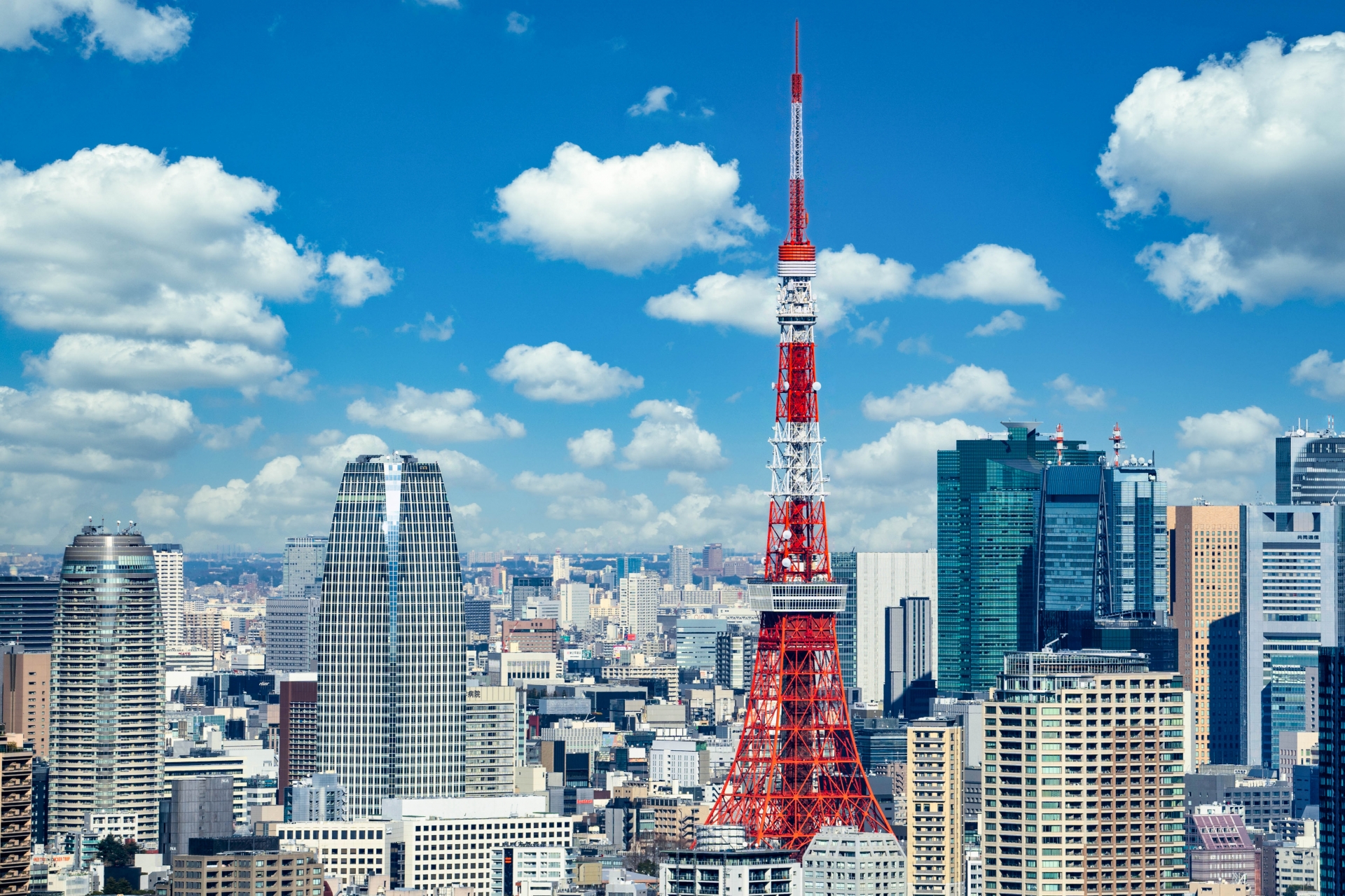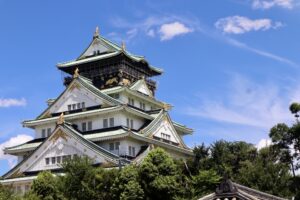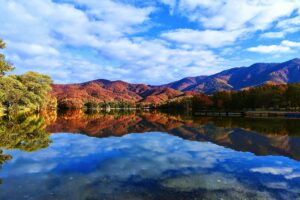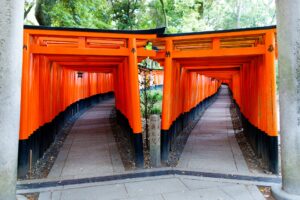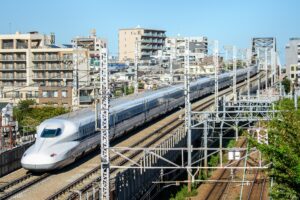Tokyo Tower stands as a symbol of Japan’s post-war rebirth, merging traditional charm with modern design. In this guide, we’ll delve into the rich history of Tokyo Tower, explore the best ways to experience its breathtaking views, and provide practical advice for your visit.
Introduction to Tokyo Tower
Tokyo Tower is an iconic symbol of Japan, towering over the Tokyo skyline and offering visitors stunning panoramic views of the city. Built in 1958, this remarkable structure has become a must-visit landmark, drawing millions of tourists annually. In this comprehensive guide, we will explore the fascinating history of Tokyo Tower, delve into its architectural design, provide essential visitor information, and offer tips for making the most of your visit, whether you’re a history buff, a photography enthusiast, or simply a curious traveler.
The History and Significance of Tokyo Tower
Tokyo Tower’s construction was part of Japan’s post-war reconstruction efforts, symbolizing the country’s rapid modernization and emergence as an economic powerhouse. Modeled after the Eiffel Tower in Paris, Tokyo Tower stands 333 meters tall, making it slightly taller than its French counterpart. Initially, it was built to serve as a television broadcasting antenna, but over the decades, it has evolved into a cultural icon, representing Japan’s resilience and innovative spirit.
Construction and Architectural Design

The construction of Tokyo Tower began in 1957 and was completed in just over a year. The tower’s design was heavily influenced by the Eiffel Tower, yet it incorporates modern Japanese engineering techniques. Made primarily of steel, Tokyo Tower used over 4,000 tons of the material, much of which was sourced from American tanks damaged during the Korean War. The bright orange and white color scheme was chosen to comply with air safety regulations, making the tower not just an engineering marvel but also a striking visual landmark.
Role in Post-War Japan
Tokyo Tower played a crucial role in Japan’s recovery from World War II. It served as a beacon of hope and progress, symbolizing the nation’s resilience and ability to rebuild. The tower quickly became a popular tourist destination, embodying the optimism of a nation looking toward the future while honoring its past. Today, Tokyo Tower is not just a monument of historical significance but also a living piece of Japan’s cultural fabric, hosting various events and festivals throughout the year.
Visitor Information: Hours, Tickets, and Accessibility
Planning a visit to Tokyo Tower is straightforward, with its well-organized facilities catering to both domestic and international tourists. The tower is open year-round, with operating hours typically from 9:00 AM to 11:00 PM, though these may vary during special events or holidays. Ticket prices are divided as follows:
- Main Deck (150m):
- Adults (19+ years): ¥1,200
- High School Students (16-18 years): ¥1,000
- Children (7-15 years): ¥700
- Infants (4-6 years): ¥500
- Top Deck Tour (150m & 250m):
- Adults: ¥3,000 (¥2,800 if purchased online)
- High School Students: ¥2,800 (¥2,600 online)
- Children: ¥2,000 (¥1,800 online)
- Infants: ¥1,400 (¥1,200 online) Tokyo Tower is easily accessible via public transportation, with several subway lines and buses stopping nearby. For those with mobility issues, the tower offers wheelchair access and elevators.
Source: FEES, BUSINESS HOURS | TOKYO TOWER
Observation Decks and Their Features
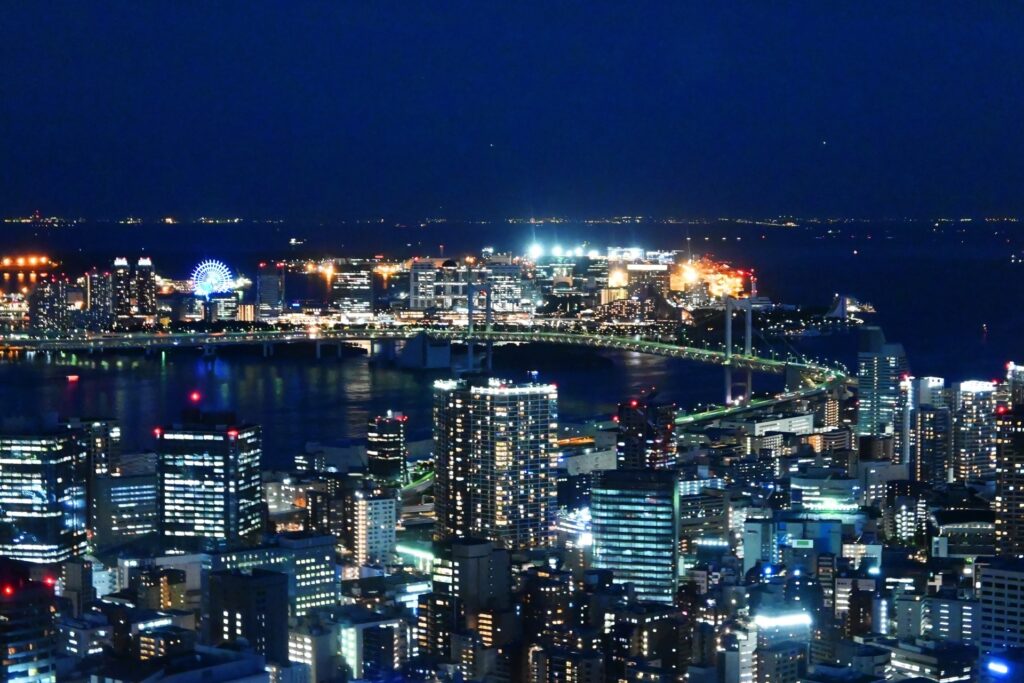
Tokyo Tower boasts two main observation decks: the Main Deck at 150 meters and the Top Deck at 250 meters. The Main Deck offers a 360-degree view of Tokyo, with visibility extending up to 150 kilometers on clear days. The Top Deck provides an even more breathtaking view, especially at night when the city is illuminated. Both decks are equipped with telescopes, glass floors, and interactive displays that enhance the viewing experience.
How to Get to Tokyo Tower
Reaching Tokyo Tower is convenient, whether you’re traveling by subway, bus, or on foot. The closest subway stations are Akabanebashi, Kamiyacho, and Onarimon, all within a 10-minute walk. For those driving, there is a parking facility near the tower, though spaces are limited. If you’re staying in central Tokyo, walking to the tower through the scenic Shiba Park is a pleasant option, offering picturesque views along the way.
Best Views and Photography Tips from Tokyo Tower
Tokyo Tower offers unparalleled views of the city, making it a prime location for photography enthusiasts. Whether you’re capturing the bustling streets of Tokyo during the day or the dazzling city lights at night, the tower provides the perfect backdrop. Here are some tips to help you capture the best photos during your visit.
Daytime vs. Nighttime Views
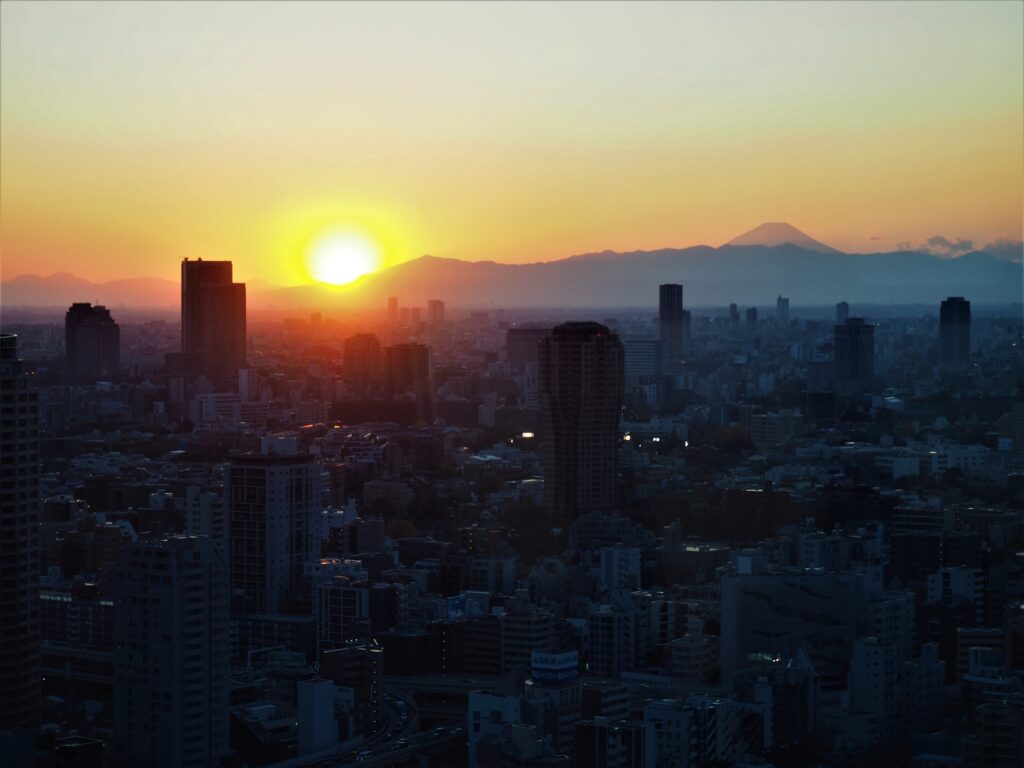
Visiting Tokyo Tower during the day offers clear views of Mount Fuji, Tokyo Bay, and the sprawling urban landscape. However, the nighttime experience is equally captivating, with the city’s lights creating a mesmerizing panorama. For those interested in photography, the golden hour—just before sunset—provides the ideal lighting conditions to capture both the day and night ambiance in one shot.
Photography Tips
To make the most of your photography session at Tokyo Tower, consider bringing a tripod for long-exposure shots, especially at night. Use a wide-angle lens to capture the expansive cityscape, and experiment with different angles from both observation decks. Don’t forget to explore the surrounding area, including Zojoji Temple, for additional unique perspectives of the tower itself.
Tokyo Tower vs. Tokyo Skytree: Which Should You Visit?
Tokyo Tower and Tokyo Skytree are two of Tokyo’s most famous landmarks, each offering a distinct experience. While Tokyo Tower is steeped in history and cultural significance, Tokyo Skytree, completed in 2012, is a symbol of modern Japan and currently holds the title of the tallest tower in the world at 634 meters.
Architectural Differences
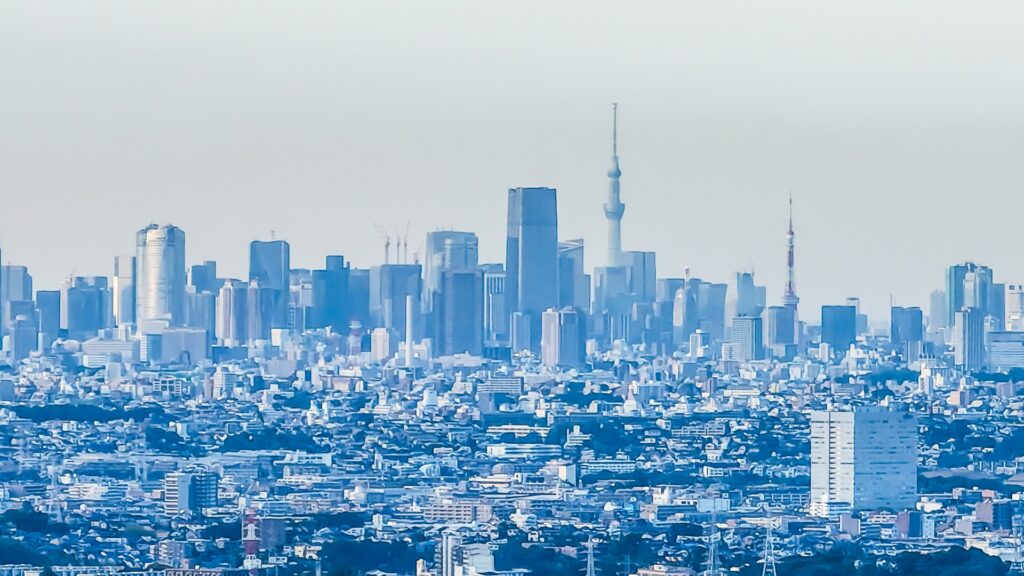
Tokyo Tower’s design is a nod to classic architecture, inspired by the Eiffel Tower, while Tokyo Skytree embodies futuristic aesthetics with its sleek, modern design. The materials and construction techniques used for each reflect the era in which they were built, with Tokyo Tower representing the industrial prowess of post-war Japan and Tokyo Skytree showcasing contemporary technological advancements.
Visitor Experience Comparison
When choosing between Tokyo Tower and Tokyo Skytree, consider what you’re looking to experience. Tokyo Tower offers a more intimate, nostalgic experience, with less crowded observation decks and a rich historical context. In contrast, Tokyo Skytree provides cutting-edge technology, higher observation decks, and expansive shopping and dining options. Your choice may depend on whether you prioritize a connection to Japan’s past or a glimpse into its future.
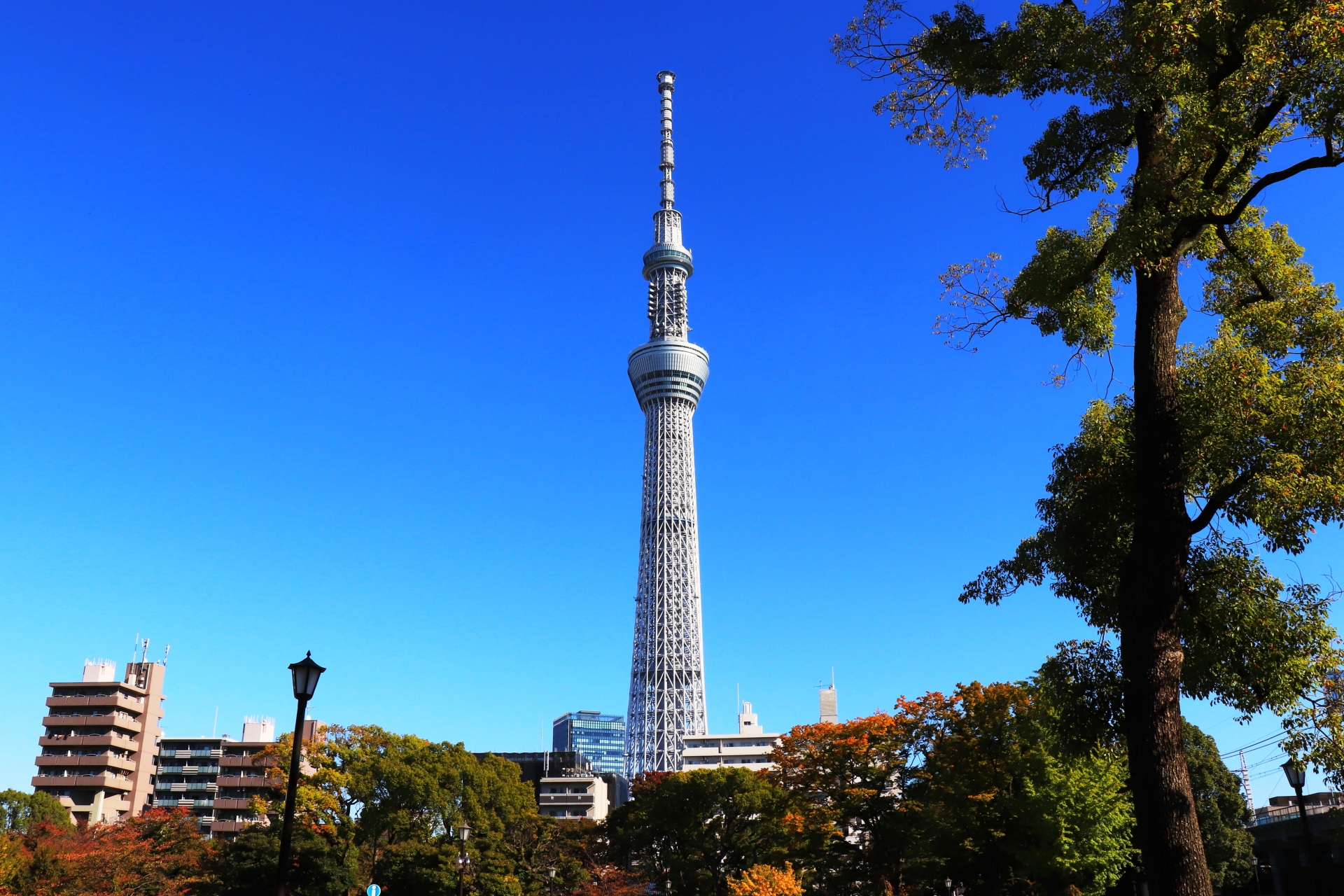
Unique Events and Seasonal Attractions at Tokyo Tower
Tokyo Tower is not just a static monument; it comes alive throughout the year with various events and seasonal attractions. These include stunning illuminations, cultural festivals, and unique experiences that make each visit special.
Seasonal Illuminations
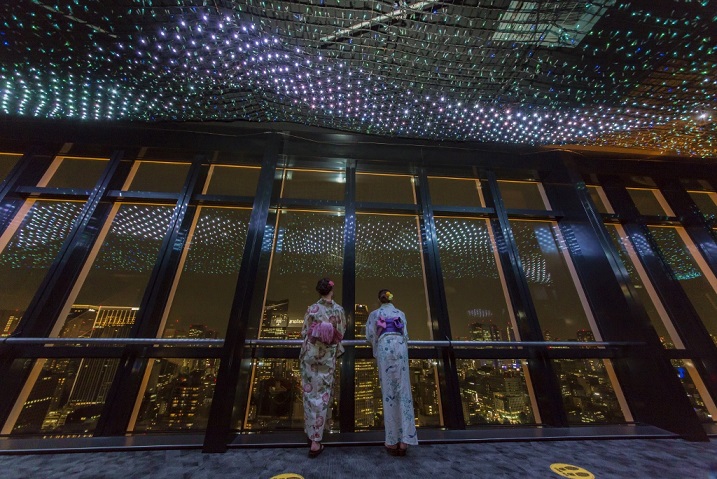
One of the highlights of visiting Tokyo Tower is witnessing its seasonal illuminations. The tower is often lit up in different colors and patterns to celebrate various events, from cherry blossom season to Christmas. The “Diamond Veil” illumination, a regular feature on weekends, bathes the tower in vibrant hues, creating a magical atmosphere that is perfect for photography or a romantic evening out.
Festivals and Special Events
Tokyo Tower hosts numerous festivals and special events throughout the year, such as Tanabata (Star Festival), summer beer gardens, and New Year’s Eve celebrations. These events offer visitors a chance to engage with Japanese culture in a lively and festive environment. Be sure to check the tower’s official website for upcoming events during your visit to make the most of your experience.
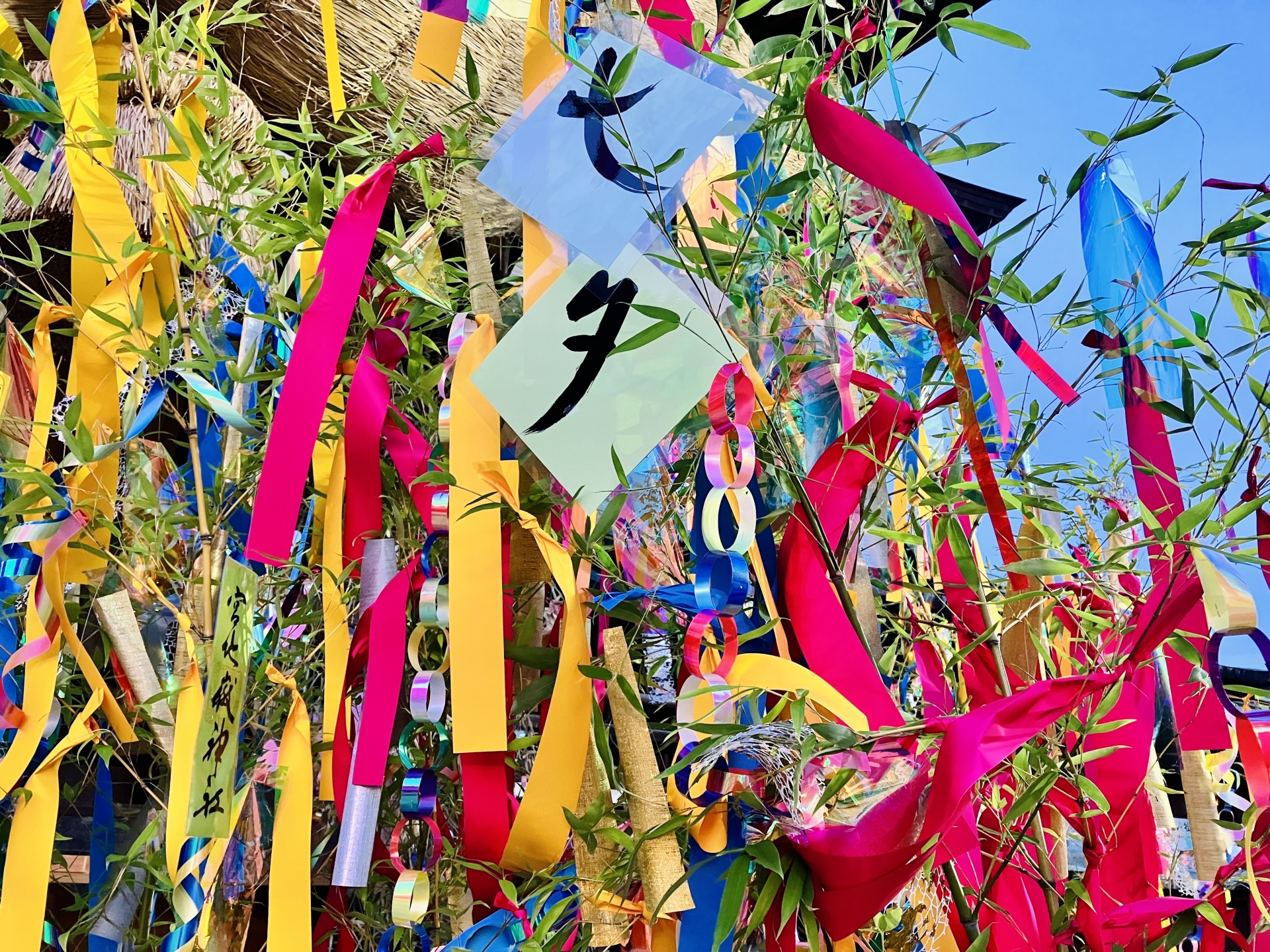
This guide aims to provide a complete overview of Tokyo Tower, ensuring that whether you’re planning your visit or just exploring from afar, you have all the information you need to appreciate this iconic structure fully.

